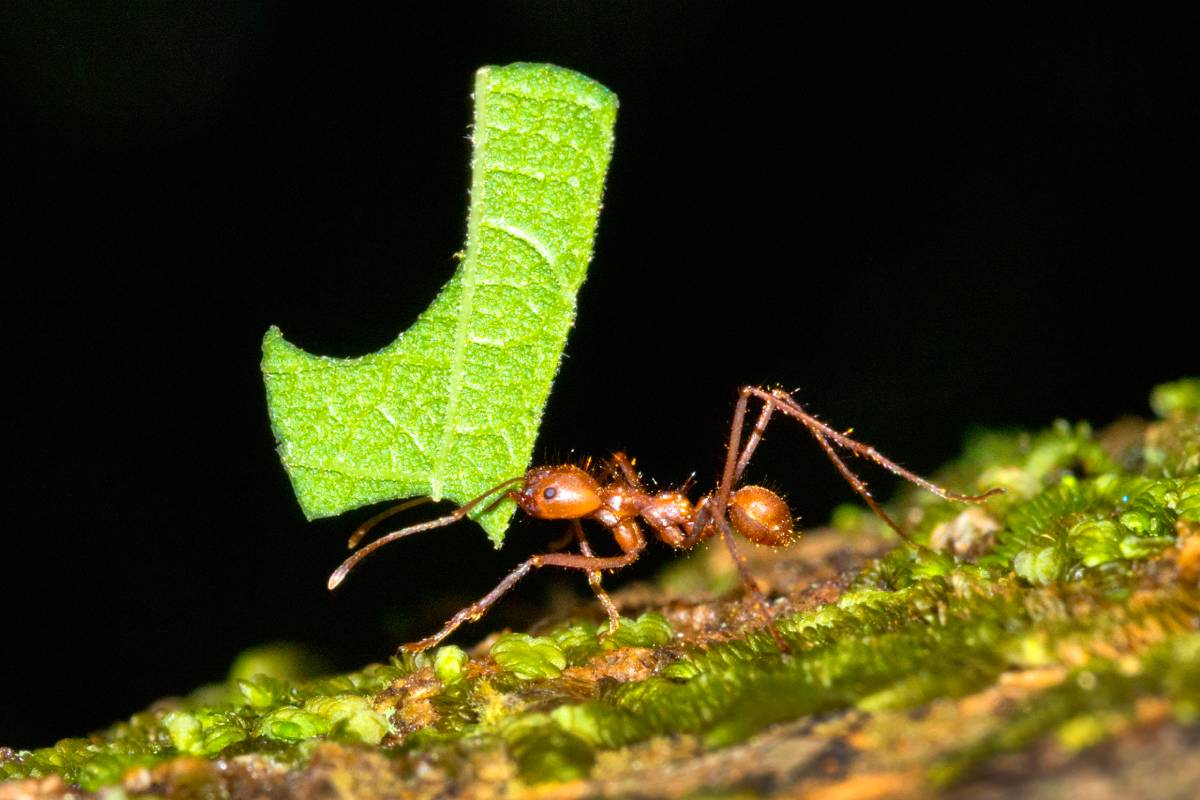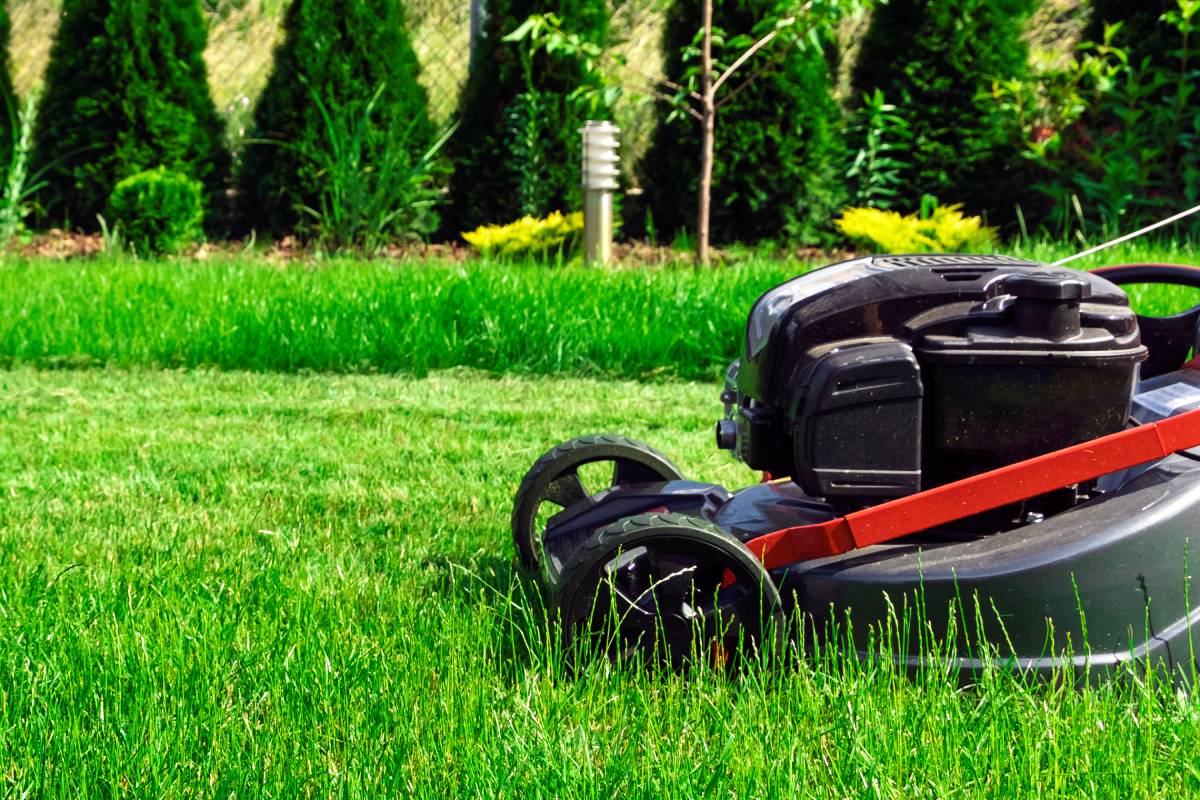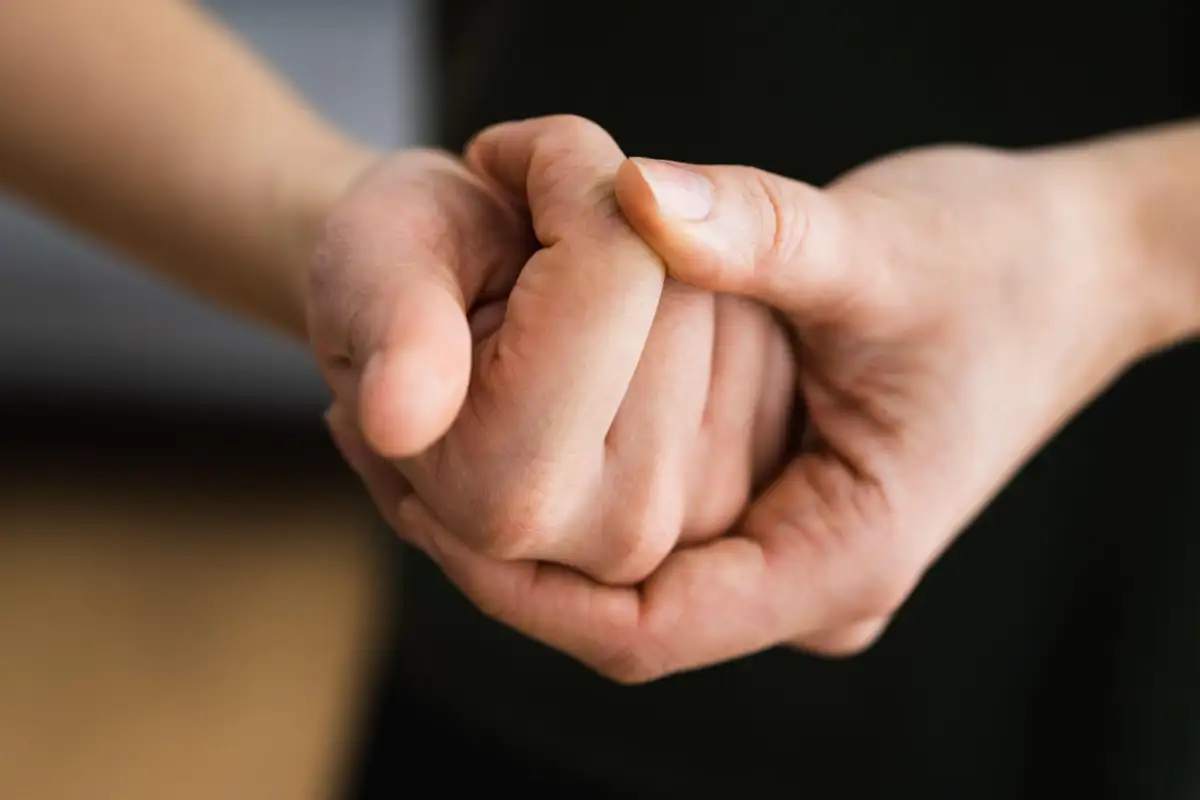Australia boasts a diverse environment ranging from lush rainforests to arid deserts, where over 100 species of scorpions may reside. These creatures prey on insects like beetles and crickets, as well as small reptiles and amphibians such as frogs and skinks.
They vary in size from 2cm to 12cm and are mainly active at night, seeking shelter during the day under debris or in burrows. Due to their secretive nature and preference for remote habitats, sightings of scorpions are rare. While scorpion stings are uncommon, some species may intrude into homes, causing occasional annoyance.
Fortunately, scorpion stings in Australia are typically minor irritations rather than serious health threats, as none of the known species have venom that is fatal to humans. Unlike the Buthidae family found in other parts of the world, which includes highly venomous species like the deathstalker and fat-tailed scorpions, Australia’s buthid scorpions are smaller and their stings usually do not require medical attention.
You might also read:
- Are snake-repellent plants really effective? What is the best plant to keep snakes away?
- What is garden levelling? What do I need for garden levelling? Should I do it myself or should I hire a professional?
Which types of scorpions we should be aware of in Australia?
In Australia, there are several types of scorpions that people should be aware of due to their potential to sting and cause discomfort. While most Australian scorpions are not considered highly dangerous to humans, some species can deliver painful stings that may require medical attention, especially for vulnerable individuals such as children or those with allergies. Here are some of the scorpion species commonly found in Australia:
- Common Yellow Scorpion (Urodacus manicatus):
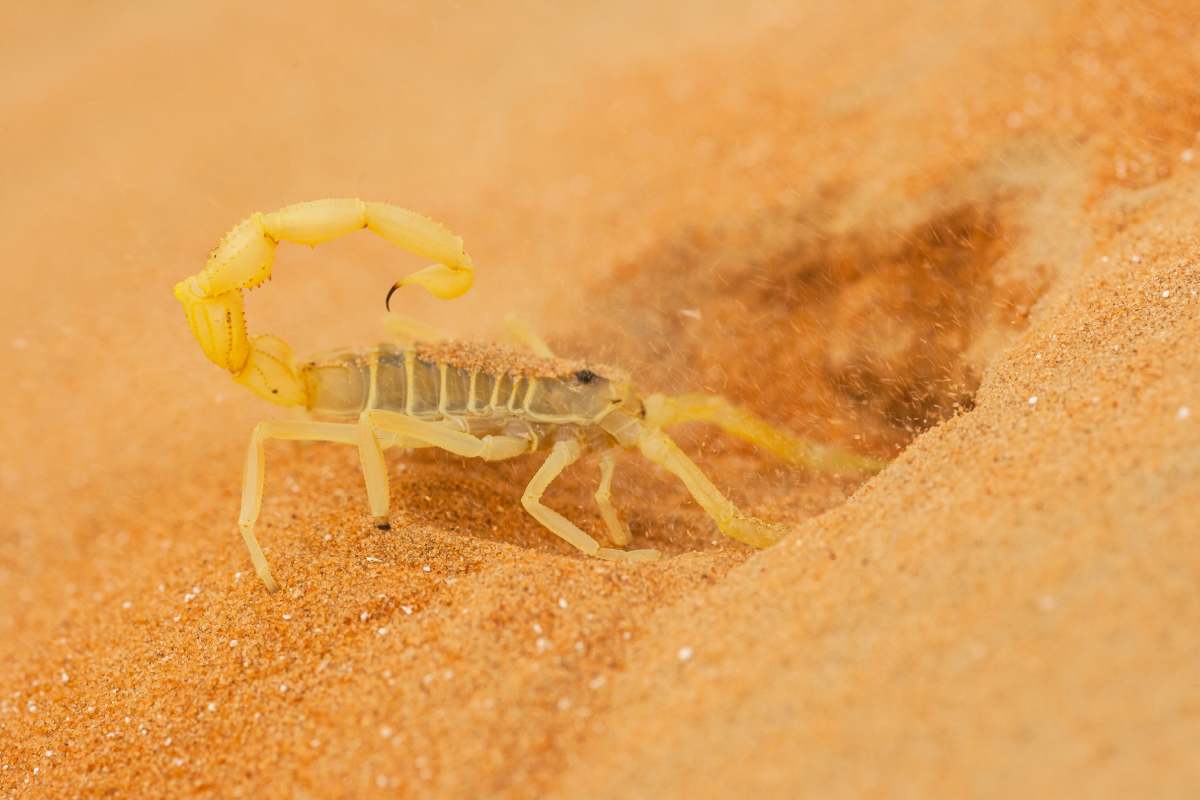 This scorpion is often yellow or orange-brown in color with a robust body and pincers.
This scorpion is often yellow or orange-brown in color with a robust body and pincers.- Found in various habitats across Australia, including urban areas.
- Its sting is painful and can cause localized swelling and discomfort but is generally not life-threatening.
- Rainforest Scorpion (Lychas buchari):
 Typically found in rainforest regions of northeastern Australia.
Typically found in rainforest regions of northeastern Australia.- Has a smaller, slender body compared to other scorpions.
- Its sting can cause pain and swelling, similar to a bee sting.
- Dwarf Scorpions (Cercophonius spp.):
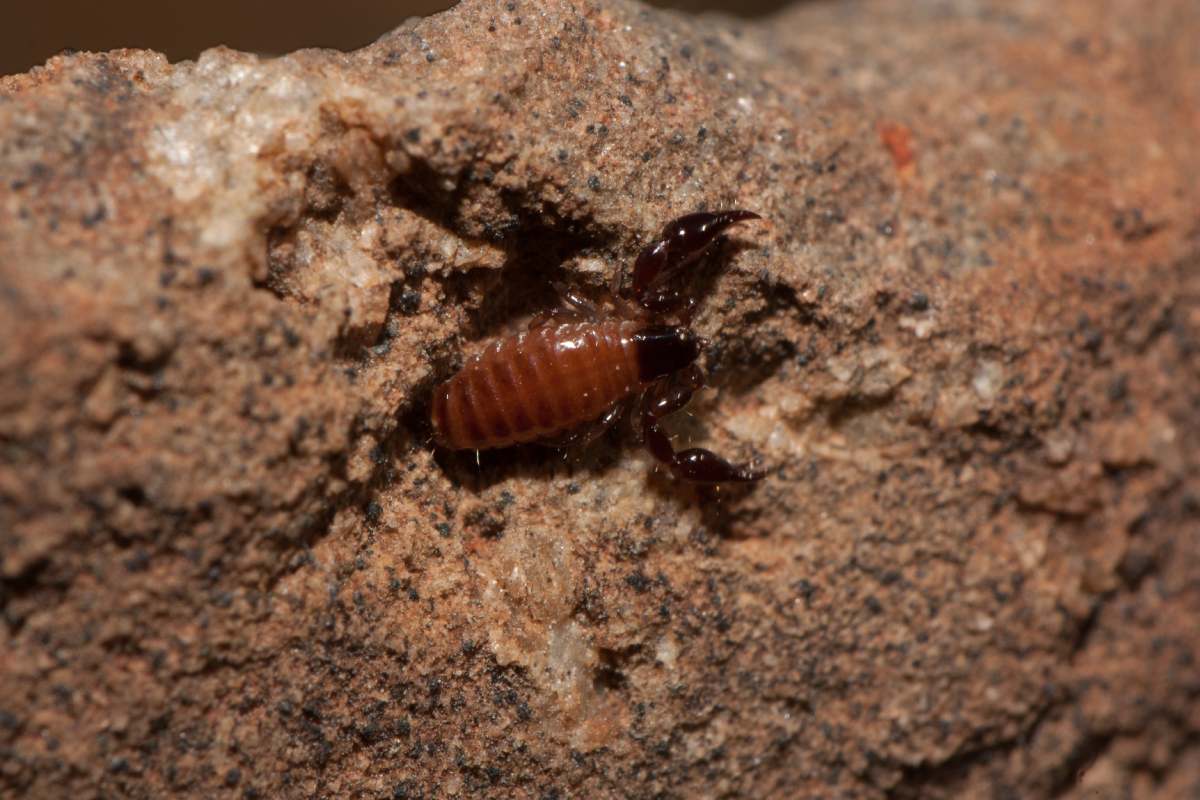
- Small scorpions that vary in color and are found throughout Australia.
- Despite their size, their sting can cause pain and discomfort.
- Striped Bark Scorpion (Cercophonius squama):
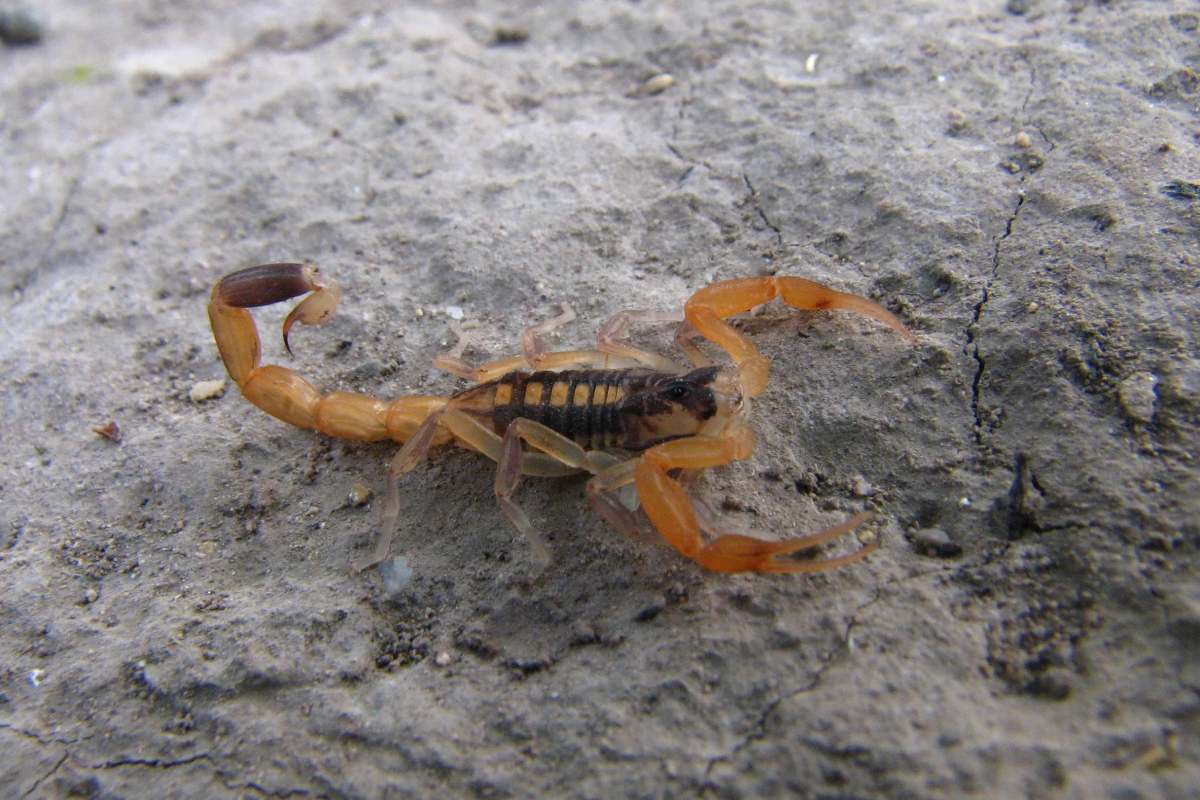 Recognizable by its striped pattern and relatively small size.
Recognizable by its striped pattern and relatively small size.- Found in woodland areas and can be encountered under bark or logs.
- Its sting is painful but not typically dangerous to healthy adults.
- Centralian Tree Scorpion (Liocheles australasiae):
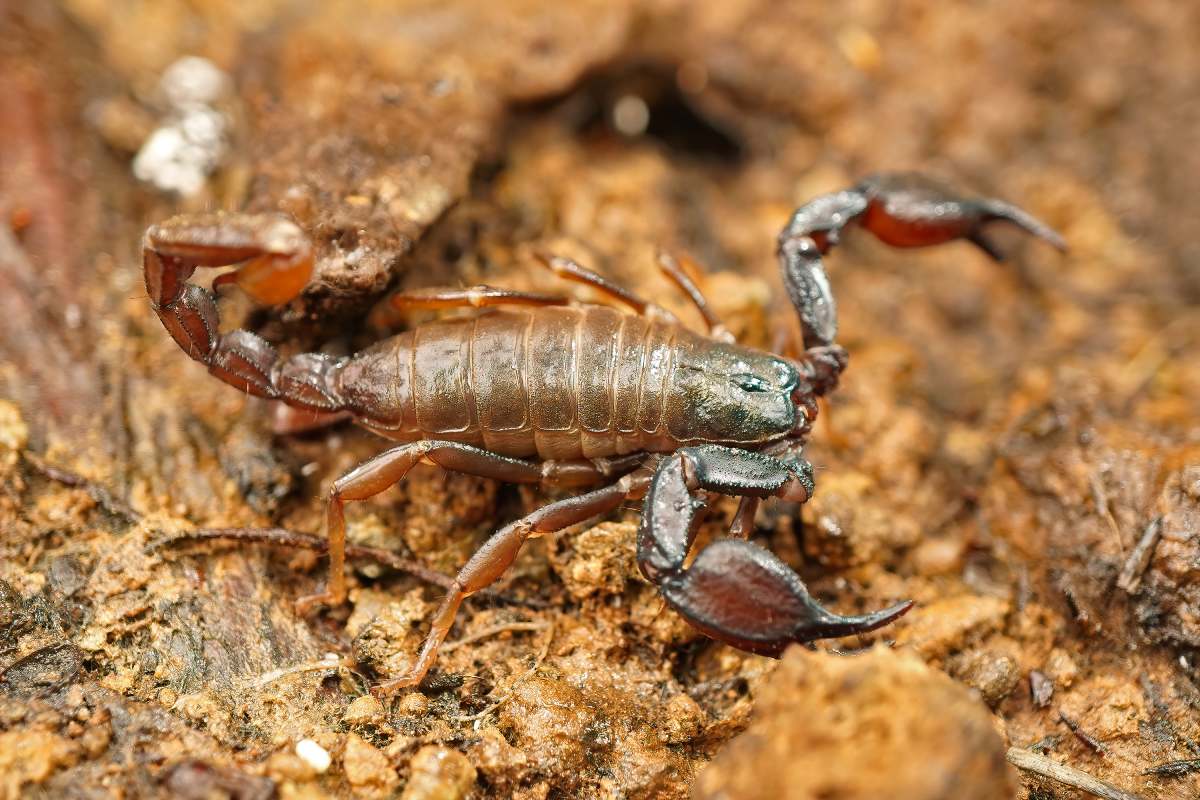 Found in arid and semi-arid regions of central Australia.
Found in arid and semi-arid regions of central Australia.- Often inhabits trees and shrubs.
- Its sting can cause pain and localized symptoms.
- Flinders Range scorpion (Urodacus elongatus):
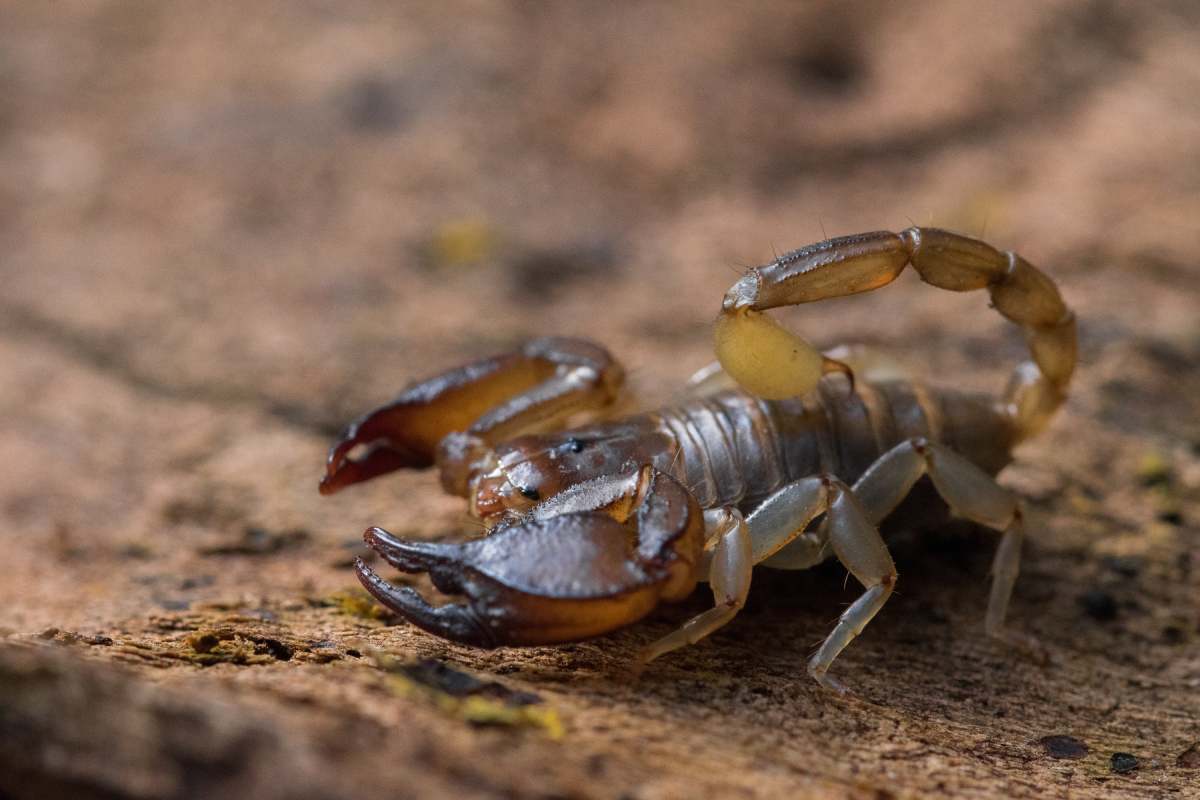 Pale yellow to brown in color, with a robust appearance.
Pale yellow to brown in color, with a robust appearance.- Found in rocky areas and arid regions.
- Its sting can cause pain and discomfort.
While these scorpions can deliver painful stings, fatalities from scorpion stings in Australia are extremely rare. However, it’s essential to take precautions when in areas where scorpions are known to inhabit:
- Wear protective clothing and shoes when hiking or working in areas where scorpions may be present.
- Shake out clothing and bedding before use, especially in outdoor settings.
- Be cautious when reaching into dark or hidden places, such as woodpiles or under rocks, where scorpions may hide.
While encounters with scorpions in Australia can be unsettling, most species are not dangerous if proper precautions are taken. By being aware of their habitats and behaviors, and knowing how to respond to a sting, you can safely enjoy Australia’s diverse landscapes without undue concern about scorpions.
What to do if a scorpion bite you?
If you are bitten by a scorpion, it’s important to take quick action to minimize the effects of the sting. Here are the steps to follow:
- Stay Calm: Try to remain calm to slow down the spread of venom in your body. Panicking can increase your heart rate and potentially speed up the spread of venom.
- Remove Jewelry or Tight Clothing: Remove any jewellery or tight clothing near the sting site. This can help prevent constriction if swelling occurs.
- Wash the Sting Area: Use soap and water to gently clean the sting site. This helps reduce the risk of infection.
- Apply a Cold Compress: Use a cold pack or ice wrapped in a cloth and apply it to the sting area. This can help reduce pain and swelling.
- Keep the Affected Limb Elevated: If possible, elevate the limb that was stung. This can also help reduce swelling.
- Take Pain Relief if Necessary: Over-the-counter pain relievers like ibuprofen or acetaminophen can help alleviate pain. Follow dosage instructions carefully.
- Monitor for Symptoms: Keep an eye on the sting site and your overall condition. Seek medical attention if you experience severe pain, swelling, difficulty breathing, nausea, vomiting, or if you have a known allergy to scorpion stings.
- Seek Medical Attention: It’s advisable to seek medical help if you are stung, especially if you’re unsure about the type of scorpion or if symptoms are severe. Healthcare professionals can provide appropriate treatment, such as antivenom if necessary, and monitor your condition closely.
Important Note: In Australia, while most scorpion stings are not life-threatening, there are rare cases of severe reactions. Vulnerable individuals such as young children, elderly adults, or those with allergies may be more at risk. If in doubt or if symptoms are concerning, it’s always safer to seek medical advice promptly.
Why there are scorpions in my house?
Scorpions may enter houses for several reasons, depending on the local environment and conditions:
- Seeking Shelter: Scorpions are nocturnal creatures that typically hide during the day and become active at night. They seek shelter in cool, dark places during daylight hours to avoid heat and dehydration.
- Hunting Prey: Scorpions feed on insects, spiders, and other small creatures. If your house has an abundance of insects or pests, scorpions may be attracted to the potential food source.
- Moisture and Water: Some scorpion species are attracted to areas with moisture or water sources. Leaky pipes, damp basements, or bathrooms can provide suitable habitats.
- Coolness: During hot weather, scorpions may seek cooler indoor environments. They can enter buildings through cracks, gaps under doors, or poorly sealed windows in search of a more comfortable temperature.
- Accidental Entry: Scorpions can accidentally wander into homes while searching for food or shelter outdoors. They are capable climbers and can access upper floors or attics if entry points are available.
To reduce the likelihood of scorpions entering your home, consider the following preventive measures:
- Seal Cracks and Gaps: Inspect your home for gaps around doors, windows, and utility entry points (such as pipes and cables). Seal these openings with caulk or weather stripping to prevent entry.
- Reduce Moisture: Fix any leaks promptly, especially in bathrooms, kitchens, and basements. Ensure proper drainage around your home to avoid pooling water near foundations.
- Remove Hiding Places: Keep outdoor areas around your home clean and tidy. Remove debris, woodpiles, and clutter where scorpions can hide during the day.
- Reduce Outdoor Lighting: Insects are attracted to light, which in turn attracts scorpions. Consider using yellow or sodium vapour lights outdoors, which are less attractive to insects.
- Use Pest Control: Regular pest control treatments around the perimeter of your home can help reduce the insect population, which in turn reduces potential scorpion prey.
- Inspect and Shake Out Items: Before bringing firewood, outdoor equipment, or gardening tools indoors, inspect them and shake them out to dislodge any hidden scorpions.
If you encounter a scorpion inside your home, safely remove it using gloves and a container, and release it outdoors away from the immediate vicinity of your home. Always exercise caution when dealing with scorpions to avoid stings, and if you are concerned about their presence or repeated sightings, consider consulting with a pest control professional for further advice and assistance.
Final thought
To wrap it up, finding scorpions inside can be quite a shock, but getting to know why they come in helps us stop them in their tracks. Seal up those cracks, keep things dry, and keep other bugs out, and you’ll see way fewer scorpions. Just stay sharp and keep an eye out, and you’ll keep your home a no-scorpion zone, making it a safe and comfy place for everyone.

